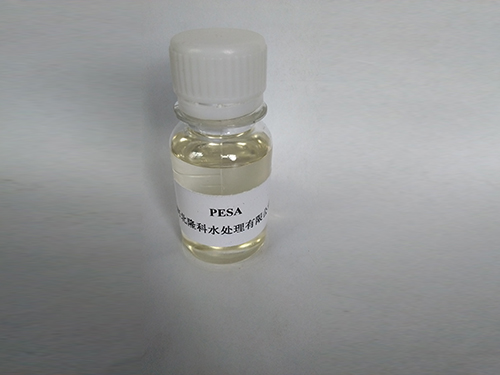difference between flocculant and coagulant
Understanding the Difference Between Flocculants and Coagulants
In the realm of water treatment and purification, the terms flocculant and coagulant often emerge, and though they are related, they serve distinct purposes in the processes of clarifying water. Understanding the differences between these two agents is essential for professionals in environmental science, civil engineering, and related fields, as well as for industries that depend on clean water for their operations.
What are Coagulants?
Coagulants are substances that facilitate the aggregation of suspended particles in water. When introduced into a water system, coagulants neutralize the charges on particles that keep them apart, enabling them to clump together and form larger aggregates. This process is known as coagulation, which is typically the initial step in the water treatment process. Common coagulant agents include aluminum sulfate (alum), iron(III) chloride, and polyaluminum chloride.
The effectiveness of coagulants is highly dependent on several factors, including the pH of the water, temperature, and the concentration of the particles. Once these agents are added, they often require a period of rapid mixing in a process called flocculation to ensure thorough distribution and interaction with all the suspended solids.
What are Flocculants?
Flocculants, on the other hand, are used after coagulation to further enhance the aggregation of particles into larger clusters, or flocs. Flocculation is the process where gentle mixing is applied to allow formed flocs to collide and bond together, leading to larger and heavier particles that can easily be removed from the water through sedimentation or filtration.
Flocculants are usually high-molecular-weight, long-chain compounds that help in bridging the gaps between the coagulated particles, promoting the formation of larger flocs. They can be natural, such as starches or guar gum, or synthetic, such as polyacrylamides. The choice of flocculant is important as it impacts the efficiency and effectiveness of the water treatment process.
difference between flocculant and coagulant

Key Differences
1. Functionality The primary function of coagulants is to destabilize suspended particles in water by neutralizing their charge. In contrast, flocculants are responsible for agglomerating those destabilized particles into larger flocs, which can then be more easily removed from the water.
2. Application Stage Coagulants are added first, during the coagulation stage, while flocculants are introduced later in the process, during the flocculation stage.
3. Chemical Composition Coagulants are typically inorganic salts or metallic compounds that play a role in charge neutralization, whereas flocculants are generally organic polymers designed to enhance the floc formation.
4. Mechanism of Action Coagulants work on the basis of particle charge neutralization and are often more effective in varying pH levels. Flocculants, however, operate through physical attraction and sticking of particles, which requires optimal conditions to form the larger flocs that can settle.
5. Viscosity and Molecular Weight Coagulants have lower viscosities and molecular weights compared to flocculants, which are usually high-molecular-weight substances that create a more significant impact on the water treatment process.
Conclusion
In summary, while both flocculants and coagulants play integral roles in water treatment processes, they operate at different stages and utilize distinct mechanisms to achieve the desired purification results. By understanding the difference between these two agents, water treatment professionals can select the appropriate chemicals to maximize efficiency and effectiveness in their operations. Such knowledge is particularly crucial in today’s world, where the demand for clean and safe water is paramount.
-
lk-319-special-scale-and-corrosion-inhibitor-for-steel-plants-advanced-solutions-for-industrial-water-systemsNewsAug.22,2025
-
flocculant-water-treatment-essential-chemical-solutions-for-purification-processesNewsAug.22,2025
-
isothiazolinones-versatile-microbial-control-agents-for-industrial-and-consumer-applicationsNewsAug.22,2025
-
scale-inhibitor-key-solutions-for-water-system-scale-preventionNewsAug.22,2025
-
organophosphonates-versatile-scale-inhibitors-for-industrial-water-systemsNewsAug.22,2025
-
scale-and-corrosion-inhibitor-essential-chemical-solutions-for-water-system-maintenanceNewsAug.22,2025





